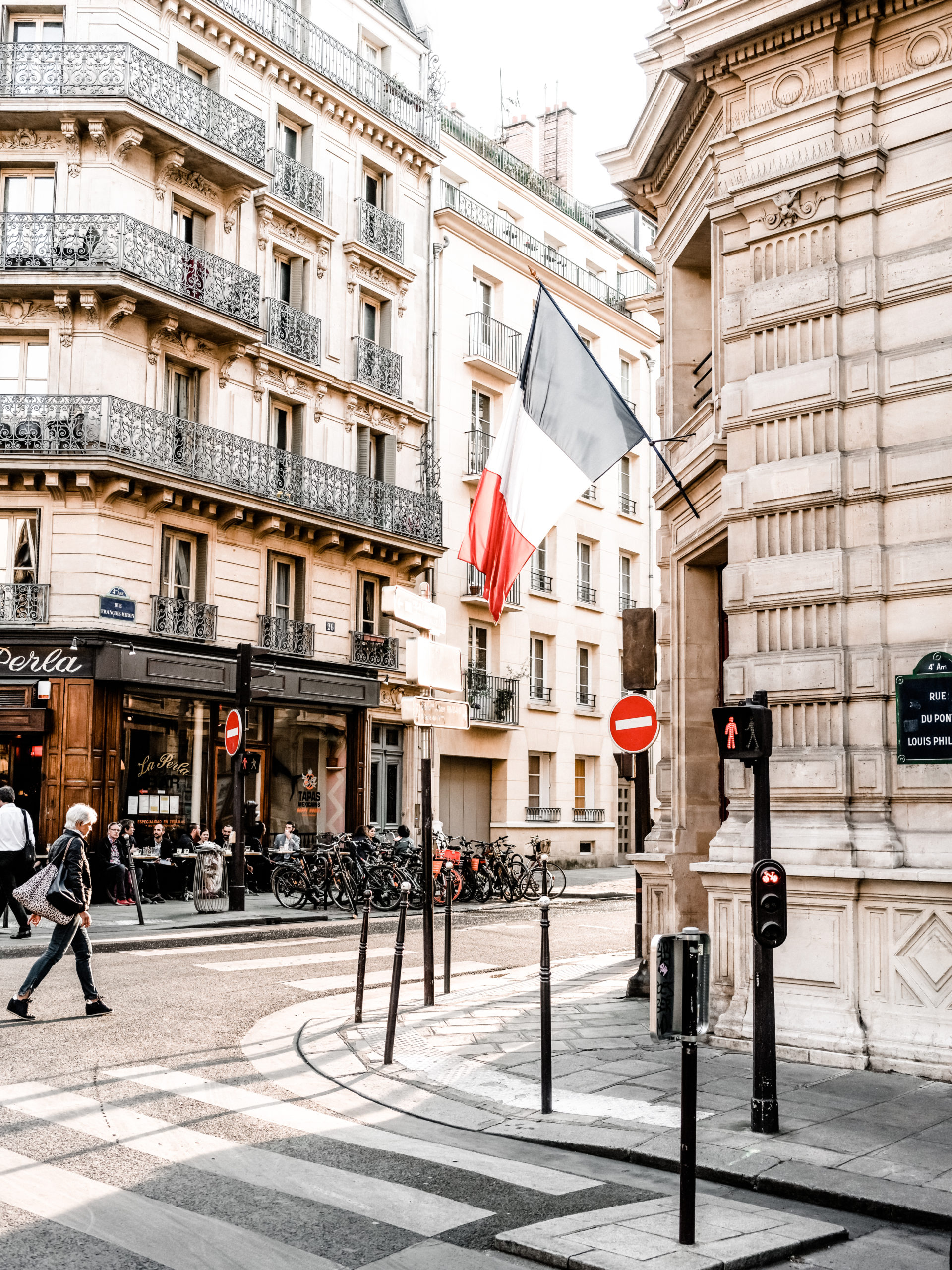A few days ago, I stumbled upon the newly released Highsnobiety documentary colette mon amour, about colette, the now shuttered-yet-still-beloved French lifestyle brand. colette occupied three-ish floors on the shopping street of Rue Saint-Honoré in Paris, but it was more than just a shop, it was an experience. Such a unique one, in fact, that it became the destination for visiting celebrities and tourists alike…with celebrities using the backdoor and the rank and file filing in line (often down the block and then some).
After 20 years in business and arguably at the apex of their success, the mother-daughter duo of colette decided to close up shop in December 2017. The documentary chronicles the last six months of the store, along with cameos from colette fans like Pharrell, Kanye West and Maxim Magnus.
While I never had the honor of traversing its hallowed showroom, colette certainly piqued my interest. Perhaps it was my affinity for french culture and shopping, or maybe it was my university-trained and decade-plus background in marketing that elicited a deep appreciation of its genius…whatever it was, it appealed to me, hard.
colette was the OG experiential retailer before it became the hottest new marketing strategy of today. Across its levels, the store offered guests a one-of-a-kind shopping experience with one-of-a-kind inventory. Original pieces donned the walls of the top floor art gallery while up-and-coming artists played sets in front of spectators. Guests could shop for collector items or sip on the 70+ mineral waters on the menu. There was something for everyone, and it seemed everyone left with something.
For two decades, the brick-and-mortar built brand collaborations like nobody’s business, and was among the first to do so. Back then, it was unheard of for brands (much less luxury brands of the highly established type) to stray too far from their persona and create entirely new designs and product lines. Yet colette was a siren – and a successful one – pulling brands in and allowing them to draw from the deepest wells of their creativity. The result would be laid out on display for the world to see. Collabs like Rolex, Hermes, Chanel, Asics and Chuck Taylor graced its retail shelves, and all instantly became coveted collector items.
But perhaps the most interesting element to colette was its ability to intersect the elitist with the everyday, the well-off with the working class. For people like Pharrell, “colette is a place you go if you want to buy the future,” while for others it was a place where you could simply go and be, taking in the experience for free (although often relinquishing hours of your time waiting in queue).
As a branding expert, I constantly tell my clients that you can’t be everything to everyone, because doing so means you’re not truly and authentically anything. You have to pick an audience and double down. Yet for colette, its uncanny ability to span demographics and diversity is something not easily replicated, even today (especially today?). colette expertly navigated a delicate balance of providing see-and-be-seen moments for the status obsessed with aspirational moments for the ordinary. The two happening in parallel with each other became colette’s most unique product, and as long as its doors were open, it was always in stock.
In a time when finding common ground feels out of reach yet more necessary than ever, colette’s example could serve as a welcome reminder that with a little creativity and perhaps a bit of that French je ne sais quoi, it is possible. May we all strive to be the next colette.
